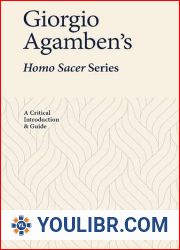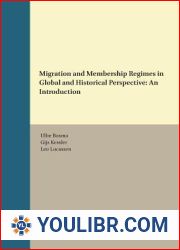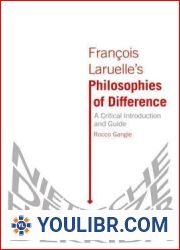
BOOKS - Sociology: A Comprehensive SA Introduction 2e REPRINT


US $9.62

158168

158168
Sociology: A Comprehensive SA Introduction 2e REPRINT
Author: Paul Stewart
Year: November 11, 2020
Format: PDF
File size: PDF 8.5 MB
Language: English
Year: November 11, 2020
Format: PDF
File size: PDF 8.5 MB
Language: English
Is South Africa more equitable now than in 1994? How can domestic violence be explained? How are we as individuals shaped by large structures, forces and institutions? Why is the environment important for society? A Comprehensive South African Introduction provides a comprehensive introduction to the sociological theories and themes commonly taught in undergraduate courses.The book is divided into five broad the foundations of sociology; the individual in society; the institutions in society; the challenges for society; and sociology in context.Each chapter addresses key issues, topics and debates in sociology today, and uses contemporary and current South African case studiesto make the material relevant and meaningful to students. Chapter introductions serve as a narrative linking and providing crossreferences to material covered in other chapters, where appropriate.CONTENTSIntroductionPart 1: The foundations ofsociology- Sociological theory- Research methodology- Population- Social changePart 2: The individual in society- Culture- Socialisation and identity- Sexuality- Race- The institutions in societyPart 3: The institutions insociety- Organisations, movements and bureaucracy- Family and households- Education- Religion- Work- The economy- Politics and governance- Mass and social media- Medicine and health- SportPart 4: Challenges for society- Class- Social inequality- Poverty- Crime and deviance- Urbanisation- Rurality- Environments- Power and social movementsPart 5: Sociology in context- A brief history of sociology in South AfricaKEY FEATURES- Written with the student in mind, the language used is accessible and easy to understand and the carefully developed pedagogical features in each chapter serve to support students' learning.- Additional references at the end of each chapter in the textbook include journal articles, books and websites.- The glossary is also available online and accessible to all students using the book.- Support material for prescribing lecturers includes multiple choice questions, sample short paragraph questions and essays with memoranda.










